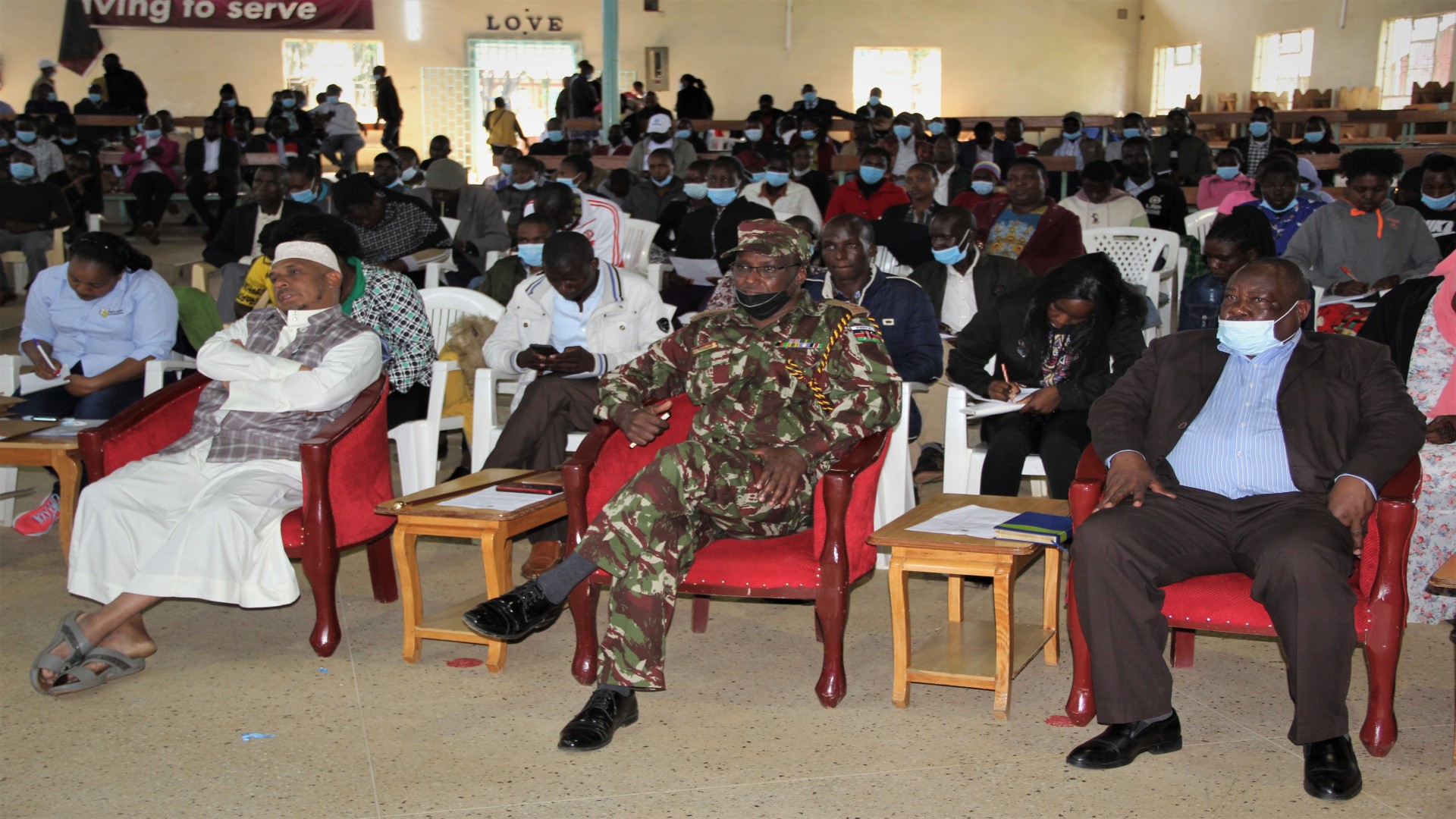The County Government of Garissa has made tremendous strides in reducing maternal and perinatal deaths that had remained a burden in the County for a long time.
The maternal mortality rate in the County dropped from 641 deaths per 100,000 live births in 2008, which is far above the Millennium Development Goals target of 147 deaths per 100,000 births, to 500 per 100,000 live births 2018, which is the latest available conclusive records.
Speaking during a maternal and newborn health knowledge management workshop in Garissa, Health Executive (CEC), Roble Nunow, said training of the technical staff and follow ups proved a worthy and best intervention mechanism.
Roble said the Liverpool School of Tropical Medicine has been supportive to the County Government, in offering advanced training on maternal healthcare providers.
“In the current program which started in 2019, Garissa County Health management team in partnership with the institution, offered training to health workers at various levels on emergency obstetrics and newborn care,” said Nunow.
“Our target is to have fewer than 50 deaths per 100,000 live births. This is achievable if we remain committed and focused,” he added.
He also mentioned there were more ongoing training skills for the workers on advanced obstetric surgical and anesthesia care, maternal perinatal death surveillance and response.
The CEC expressed County government commitment to strengthen and provide oversight, technical support and resource mobilization.
He envisaged scaling-up monitoring and more efforts to ensure maternal and newborn health services are fully implemented in the county by constructing and equipping of facilities in different parts of the county.
Over 3,000 women die in Kenya annually because of complications related to pregnancy, childbirth, and the puerperium period.
According to the 2019 Global Burden of Disease study, Kenya has reported a decline in infant mortality from 62.5 – 22 deaths per 1000 live births between 1990 – 2019. Close to half (49%) of all infant mortality occur during the neonatal period.
For every woman who dies in childbirth in Kenya, it is estimated that another 20 to 30 women suffer serious injury or disability due to complications during pregnancy or delivery.
There has been a renewed focus on maternal and child health through the launch of the Sustainable Development Goals.
By 2030, the target is to reduce the global maternal mortality ratio to less than 70 per 100,000 live births, global neonatal mortality to 12 per 1000 live births and achieve access to quality essential healthcare services for all through affordable Universal Health Coverage.
“These targets are ambitious and require renewed focus on approaches to improve the quality of care provided to women and newborns,” Nunow observed.
Kenya has made significant strides in improving maternal and child health outcomes, but a lot still needs to be done to address the supply and demand barriers in the delivery of maternal and newborn health services.
The devolution governance structure of the Kenyan health system has provided an opportunity to address the systemic inequities and inefficiencies in the health system.
County governments have given priority attention to expanding primary health care services, hence increasing access to preventive and promotive health services.
Free maternity services provided through the National Hospital Insurance Fund (NHIF), and Linda Mama program also provide an avenue of reducing the financial burden to pregnant women and their families.

